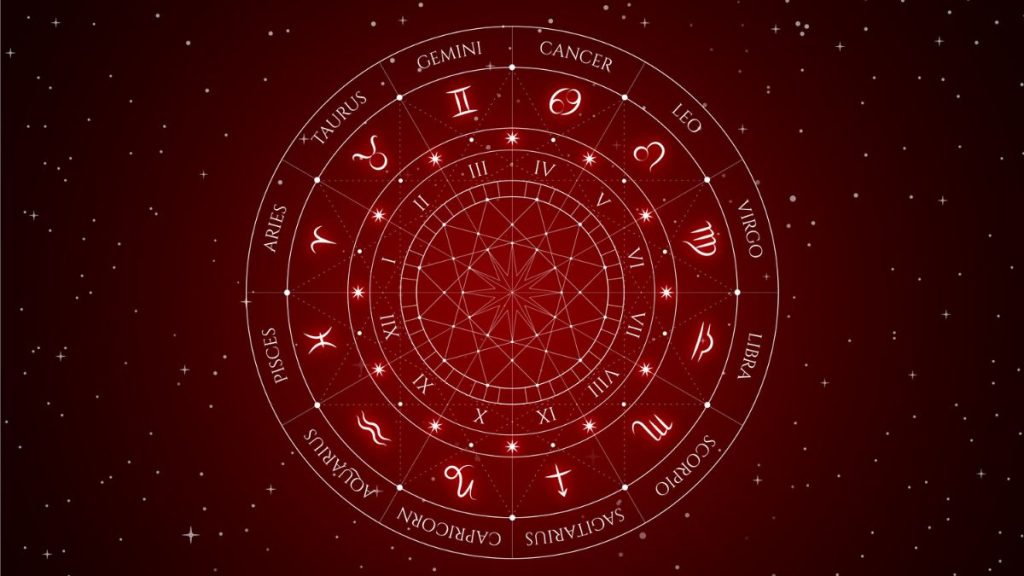Introduction
Hinduism, one of the world's oldest religions, weaves a colorful fabric of rituals and traditions that reflect its profound spirituality and cultural richness. From sacred ceremonies that mark life's milestones to vibrant festivals celebrating deities, Hinduism encompasses a mosaic of practices.
Are you curious about the varied rituals and traditions of Hinduism? If you're eager to delve deeper into this tapestry of customs, join us as we embark on a journey to explore the kaleidoscope of spiritual expressions within Hindu culture.
Unraveling the Fabric of Hindu Rituals and Traditions
Diverse Rituals: A Tapestry of Spiritual Practices
In Hinduism, rituals are woven into the very fabric of daily life, shaping individual and communal expressions of spirituality. These rituals span a myriad of practices, from the intimate moments of worship at home to grand ceremonies in temples.
1. Puja: Honoring the Divine Presence
- What is Puja?: Puja, a central ritual in Hinduism, involves the offering of prayers, flowers, incense, and food to deities, symbolizing reverence and gratitude.
- When is Puja Performed?: It occurs daily in many households and during special occasions, such as festivals and important life events like weddings.
2. Yajna: Sacred Fire Rituals
- The Essence of Yajna: Yajna ceremonies involve offerings made into a consecrated fire, symbolizing the cosmic connection between humans and the divine.
- Occasions for Yajna: From births to marriages and other significant milestones, Yajnas mark pivotal moments in Hindu life.
3. Samskaras: Life's Sacred Milestones
- Marking Life's Stages: Samskaras are rituals that mark various life stages, including birth, education, marriage, and death.
- Significance of Samskaras: These rituals bestow blessings, purify the soul, and guide individuals through different phases of life.
Festivals: A Tapestry of Celebration
Hindu festivals, vibrant and joyous, encapsulate the spirit of celebration, devotion, and cultural unity. These festivities traverse regional and linguistic boundaries, uniting followers in shared jubilation.
1. Diwali: The Festival of Lights
- Celebrating Triumph Over Darkness: Diwali signifies the victory of light over darkness, observed with the lighting of lamps, fireworks, and exchanging sweets.
- Spiritual Significance: It symbolizes the triumph of good over evil and the illumination of inner knowledge over ignorance.
2. Holi: The Festival of Colors
- Colorful Revelry: Holi, marked by vibrant colors and playful water fights, celebrates the arrival of spring and the victory of good over evil.
- Cultural Harmony: It brings people of all backgrounds together, fostering unity and joyful celebration.
3. Navaratri: Worship and Dance
- Devotion and Dance: Navaratri spans nine nights of worship dedicated to different forms of the Goddess, accompanied by traditional dance forms like Garba and Dandiya.
- Spiritual Significance: It honors feminine divinity and symbolizes the triumph of righteousness.
Sacred Traditions: A Tapestry of Cultural Customs
Hinduism's rich tapestry of traditions extends beyond rituals and festivals, encompassing customs that encapsulate the ethos of the culture.
1. Namaste: Greeting with Reverence
- Meaning Behind Namaste: This gesture, with folded palms, signifies respect and acknowledges the divine spark within each person.
- Cultural Significance: It reflects humility and unity, transcending social barriers.
2. Vedic Astrology: Cosmic Influences
- Astrological Guidance: Vedic astrology, deeply rooted in Hindu culture, offers insights into cosmic influences on individuals' lives.
- Usage and Beliefs: It's consulted for auspicious timings, matchmaking, and understanding life's patterns.
3. Sanskrit: The Sacred Language
- Language of the Divine: Sanskrit, the ancient language of Hindu scriptures, holds a sacred place and is revered for its spiritual resonance.
- Preservation and Reverence: Scholars and practitioners value Sanskrit for its role in preserving sacred texts and mantras.
FAQs: Unveiling Insights
Q1: Are all Hindu rituals and traditions the same across regions?
A1: While some practices are uniform, variations exist based on regional customs and beliefs. Certain rituals might have unique interpretations or variations.
Q2: Can non-Hindus participate in Hindu rituals and festivals?
A2: Hinduism encourages inclusivity, and many rituals and festivals are open to people of all backgrounds. However, understanding and respecting the significance behind these practices is essential.
Q3: How significant are family and community in Hindu rituals?
A3: Family and community play pivotal roles in Hindu rituals, often involving collective participation and support in ceremonies and celebrations.
Conclusion: Embracing the Tapestry of Hinduism
The diverse tapestry of rituals and traditions in Hinduism mirrors the vibrant and inclusive nature of this ancient faith. From daily prayers to grand festivals, each ritual and tradition weaves a story of spiritual depth, cultural richness, and communal unity.
So, the next time you ponder, "Article on various rituals and traditions of Hinduism," remember the kaleidoscope of customs that form the essence of this profound and colorful belief system. Explore, embrace, and celebrate the diversity within Hindu traditions, finding beauty and spirituality in its intricate threads of practices and celebrations!
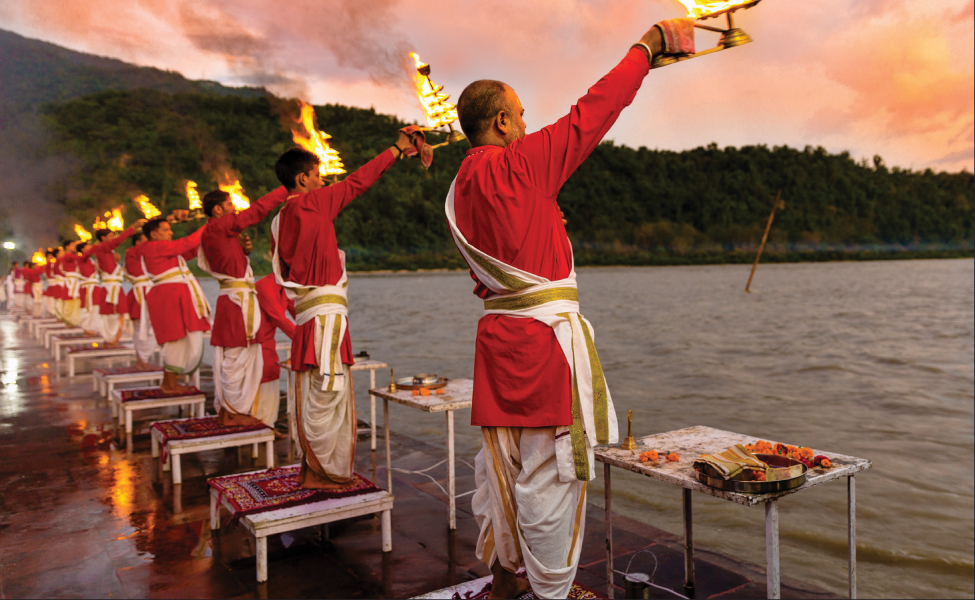

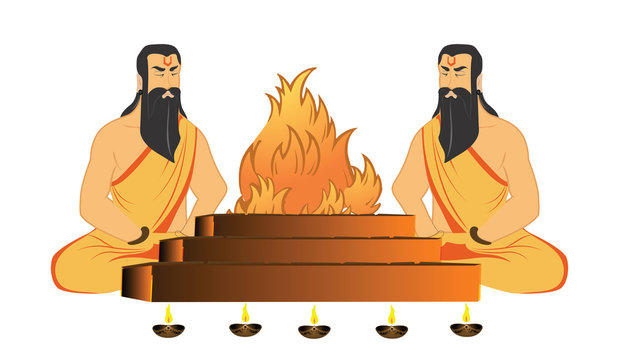

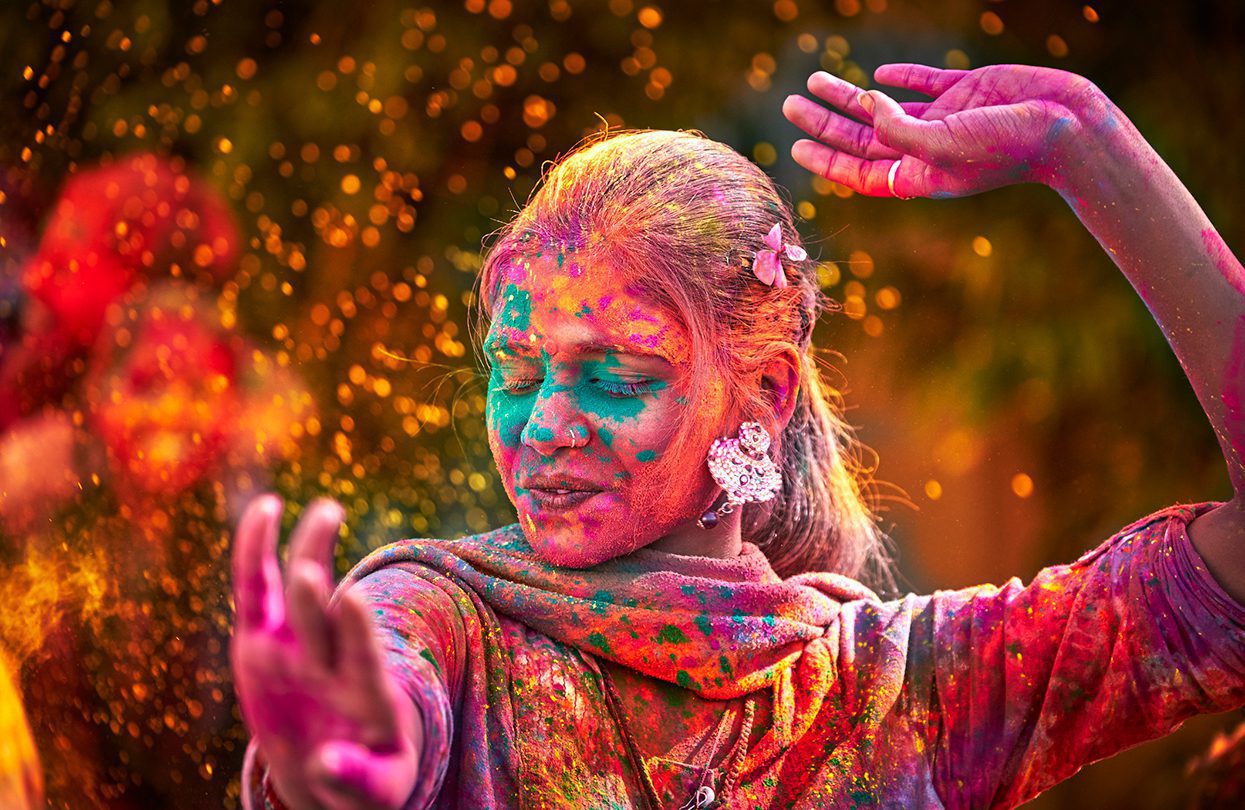

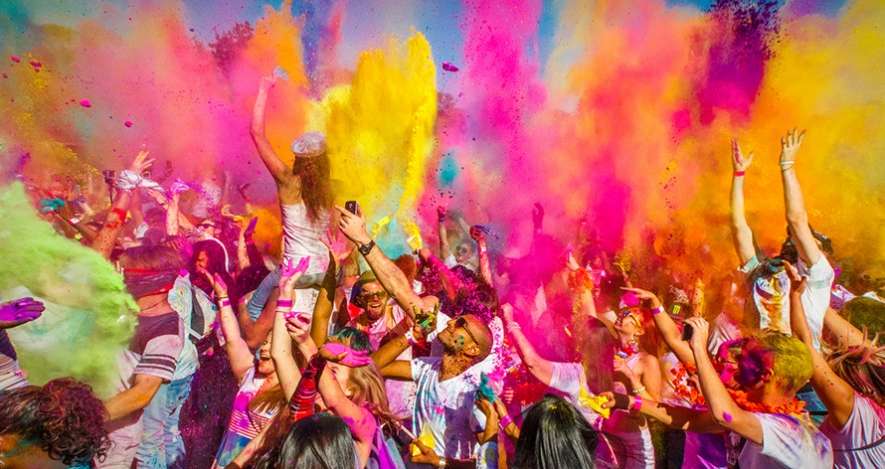
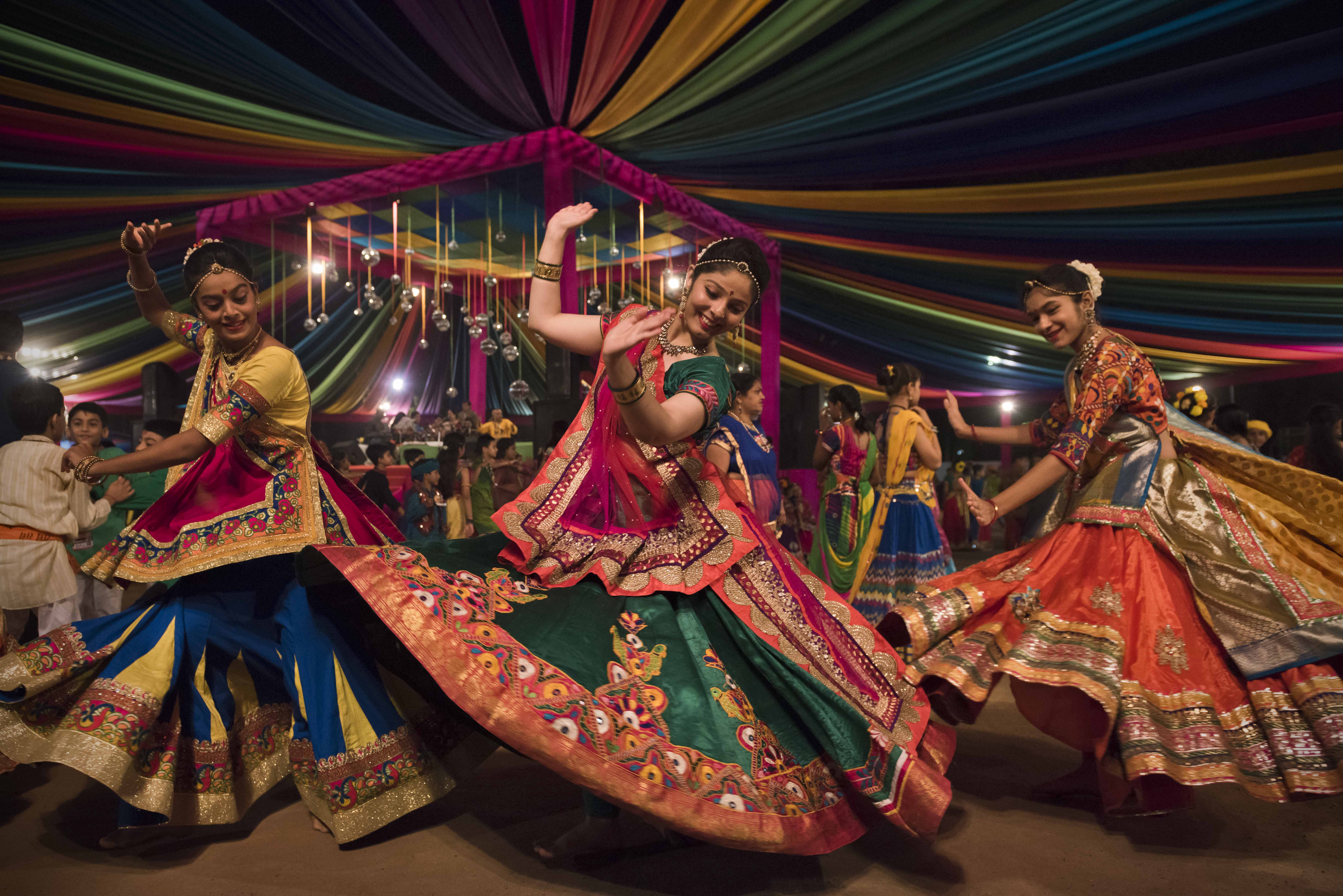
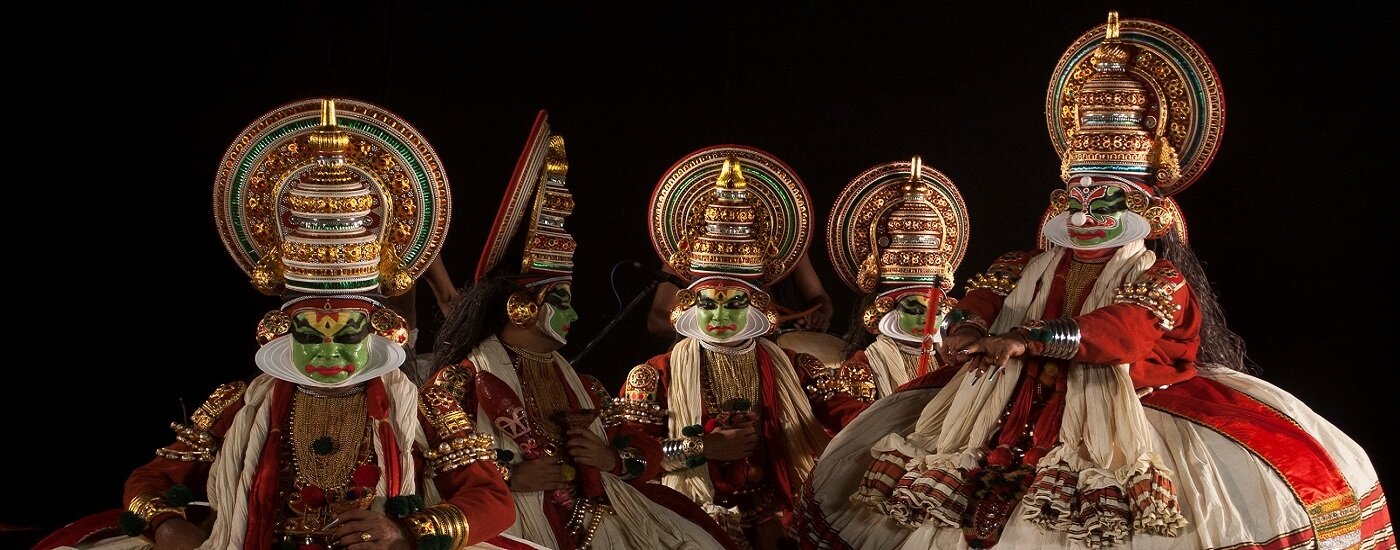
:max_bytes(150000):strip_icc()/namaste--1076150300-5c4cda7e4cedfd0001ddb3e1.jpg)
